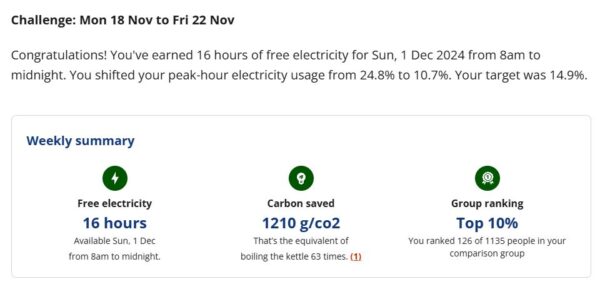How to Save Money on Rail Fares With Split Ticketing
Rail travel is generally a comfortable, environmentally-friendly way of getting from A to B. But it can also be expensive, especially for longer journeys.
However, there’s a money-saving hack called ‘split ticketing’ that savvy travellers can use to reduce their fare costs – often by a substantial amount.
What is Split Ticketing?
Split ticketing involves breaking a journey into two or more smaller segments, purchasing separate tickets for each segment rather than one through-ticket. With the help of apps like Trainsplit, this process becomes simple and automated.
With split ticketing you still travel on the same train and follow your intended route. But instead of buying a single ticket from your starting point to your destination, you buy multiple tickets to and from stops along the route. This can result in significant savings without any need to change trains.
For example, say you’re travelling from London to Edinburgh. Instead of buying a direct ticket, you could split the journey into sections like London to York and York to Edinburgh. The train stops at York anyway, so you’re not inconvenienced, but the price could work out considerably cheaper.
- Note that split ticketing only works if the train you’re on stops at the intermediate destination/s on your tickets. If it merely goes through them without stopping, this won’t be allowed.
Why Does Split Ticketing Work?
The UK rail fares system is complicated and confusing, with different pricing structures and promotional fares on offer for different parts of the same journey.
These pricing inconsistencies mean that splitting a trip into smaller segments can bypass some of the more expensive through-ticket fares. It’s a loophole in the system, but one that is perfectly legal. I have even had ticket inspectors comment approvingly when they see I am doing this!
How Do Apps Like Trainsplit Help?
Apps like Trainsplit do all the hard work for you. They automatically search for the best combination of tickets to get you to your destination at the lowest price.
You enter your starting point, destination and travel time, and the app generates options showing where you can split the journey and how much you will save.
If you have a Railcard that offers a discount (see below) this can be incorporated by the app as well. Just ensure you have the Railcard with you when you travel.
Example Savings
Let’s take a few real-world examples to illustrate just how much you can save with split ticketing.
London to Manchester
- Standard fare: £90 (for a direct ticket)
- Split ticketed fare: £65 (splitting at Milton Keynes and Stoke-on-Trent)
- Savings: £25 (about 28%)
Edinburgh to Birmingham
- Standard fare: £80
- Split ticketed fare: £55 (splitting at Newcastle and York)
- Savings: £25 (around 31%)
Bristol to Leeds
- Standard fare: £85
- Split ticketed fare: £58 (splitting at Birmingham New Street)
- Savings: £27 (about 32%)
In each case, the split-ticketing options allow you to stay on the same train, without changing platforms or worrying about missed connections, while saving a significant percentage on your fare.
How to Use Trainsplit and Similar Apps
Using Trainsplit is straightforward:
- Download the app or visit the website.
- Enter your starting point and destination.
- Select your travel dates and times.
- Tick the box for any railcard you may have.
- The app will show you the best split-ticket options, along with the potential savings.
- Purchase the split tickets directly through the app.
The app even takes care of booking all the individual tickets at once, so you don’t have to make multiple transactions.
Other similar apps, like Trainline and RailEurope, also offer split ticketing features, though Trainsplit is especially focused on this. In my experience it typically offers the best savings, though you can of course try other apps as well to see if you can find a better option.
More Tips for Saving Money on Rail Fares
While split ticketing can make a significant difference, there are other ways as well to reduce the cost of rail travel:
Book in advance: Advance tickets are usually released 12 weeks before travel and are often much cheaper than buying on the day.
Travel at off-peak times: Fares are usually lower during off-peak hours (generally outside morning and evening rush hours).
Use a Railcard: If you’re eligible, a Railcard (such as the 16-25 Railcard, Two Together Railcard, or Senior Railcard) can save you up to a third on fares.
Check GroupSave offers: Some routes offer GroupSave discounts for groups of three or more travelling together.
Save on days out: Certain tourist attractions offer reduced-price admission (or two-for-one) if you go by train. For example, visitors to Madame Tussauds in London can get a third off the admission price if they travel by train. Check out the National Rail website for this and other offers.
Closing Thoughts
Travelling by train doesn’t need to break the bank, especially when using smart strategies like split ticketing.
With apps like Trainsplit, the process of finding the best deals is automated, making it easier than ever to save. By investing a few minutes in checking split-ticket options, you could potentially save a significant amount on your next journey, leaving more money in your pocket to spend at your destination!
As ever, if you have any comments about this post, please do share them below.
This is a revised and updated version of an article first published on Mouthy Money.












